This post is as much about showing off my bargain ‘Eva Solo’ Danish Design tumblers….
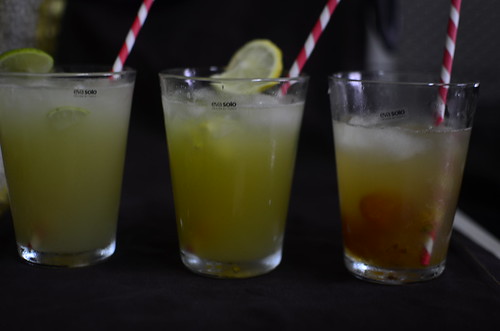
….as it is about exploring new flavours with sugar cane juice.
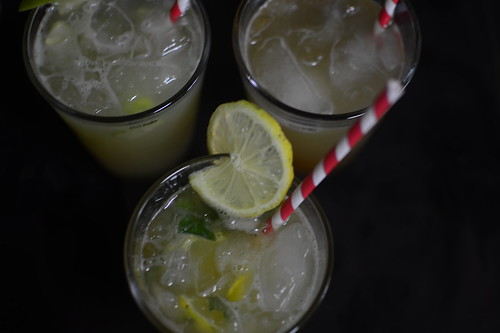
First, the bargain.
Obtained one evening on a visit to one of my regular supermarkets where I walk the dinnerware and tableware aisles with amazing regularity.
Here I saw boxes of Eva Solo tumblers.
Eva Solo. Danish Design. Beauty, Form and Function.
Danish Design is a style of functionalistic design and architecture that was developed in mid-20th century. Influenced by the German Bauhausschool, many Danish designers used the new industrial technologies, combined with ideas of simplicity and functionalism to design buildings, furniture and household objects, many of which have become iconic and are still in use and production.
Prominent examples are the Egg chair, thePH lamps and the Sydney Opera House (Australia).
A brand I love, being very familiar with them from my weekend in Copenhagen.
I had to have them.
Whatever the cost.
A price enquiry left me with mouth agape – cheap as heaven, under $10 each. I tried to argue at the ‘low cost’ (silly me….), thought better of it and then made my purchase.
I couldn’t wait to use them.
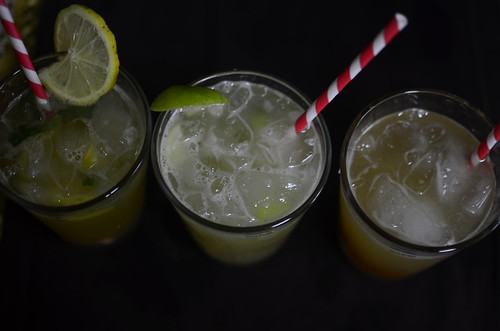
And that I did the very next day.
Product Description, Amazon: The glass base pattern of the Eva Solo Tumbler resembles ripples spreading across a pool of flat water.
The solid sides of the thick glass still beautifully reflect the light after drinks have been poured. These simply elegant everyday tableware glasses are designed for multi-functional use for serving both hot and cold drinks.
The glass is heat-resistant up to 130 degrees Celsius. The sets are available in two sizes as a set of six tumblers, or a set of four tumblers with each set in a ready-to-gift box.
I loveee the feel of the tumblers. Heavy in my hand and of thick, tempered glass. I believe they may last forever.
I love the fact that they are fairly large, at 380cl (more than a regular-sized can of coca cola) – all the better for lots of ice and bits; and I love the shape.
And I’ve been thrilled because the Eva Solo team loved my photos of drinks in the tumblers on Instagram and have reposted them severally!
On to the second thing – exploring flavor combinations with sugarcane juice.
And three were on my mind: A refresh of the first trial, a Vietnamese version and an Indian one.
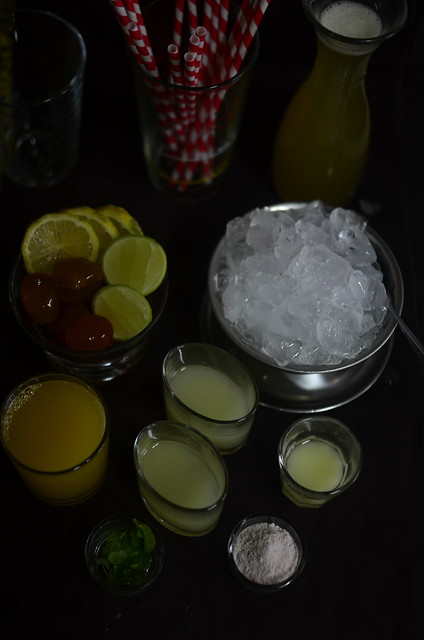
A Vietnamese version with kumquats – muddled, candied kumquats in my case.
This began at the top of my mind but the taste test wasn’t that encouraging. The kumquats didn’t quite come through – I guess the fact that they were candied, not fresh……had something to do with this.
There just wasn’t much dimension to the kumquat flavor in the drink,…
…till I chomped on the kumquats themselves. Which was far from the point.
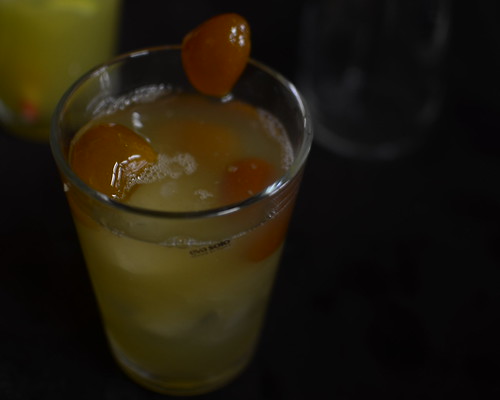
But it was nice, and bodes well for future experiments. Especially as sugarcanes are still in season. and I happen to be in Lagos – my source of the gorgeous orange fruits. And I also happen to have bought enough to ensure there’s a repeat of this test.
All is well in my universe! Oh yes!!
The second test was heavily Indian – made with orange juice and spiced with black salt. It also calls for Chaat Masala, which I didn’t have then. (But do now).
This was nice, full of many dimensions – sweet, salty, herby and fresh. I liked it very much though my kids did not.
Black Salt: Which is actually more pink……..than black.
Also Known As Kala Namak, Sanchal powder. Black salt is a pinkish-grey volcanic rock salt mined in Darjeeling, India. It is a mineral largely composed of sodium chloride and its odoriferous nature is due to sodium sulphide, which adds to the special taste of eggs.
I liked it but the kids did not. I guess there for them, there were too many funky flavours in the mix!
I didn’t have any Chaat Masala to hand so I didn’t use it.
(Chaat masala Hindi चाट मसाला, Urdu چاٹ مصالہ; also spelled chat masala) is a masala used in Pakistani and Indian Cuisine. It typically consists of amchoor (dried mango powder), cumin, kala namak (black salt), coriander, dried ginger, salt, black pepper, asafoetida (hing) and chili powder.[1][2] The ingredients are combined and served on a small metal plate, polystyrene plate or a banana leaf, dried and formed into a bowl, at chaat carts (especially inGujarat, Maharastra, Punjab, Sindh and all across Pakistan, Northern India, and even Southern India).
Chaat masala has both a sweet and a sour taste. It is used to flavour fast foods of Pakistan and India like Bhelpuri, Golgappa, Aloo Chaat and Dahi puri. It is a spice that can be added to foods and drinks.
The recipe, combines equal amounts of freshly squeezed orange juice and fresh sugarcane juice, with muddled mint leaves, a dash of lemon/lime juice, a pinch of black salt and Chaat masala.
Like I said – I enjoyed the complex flavours…..
So yes, here is my trio of sugarcane drinks….with more to come in the new year.
Daughter #1 has been sitting here, by my side as I write this post. She’s the biggest lover of sugarcane juice and she’s offered up some suggestions of new combinations: pineapple juice, strawberry cordial, watermelon.
We’ll see.
Stay well X X X


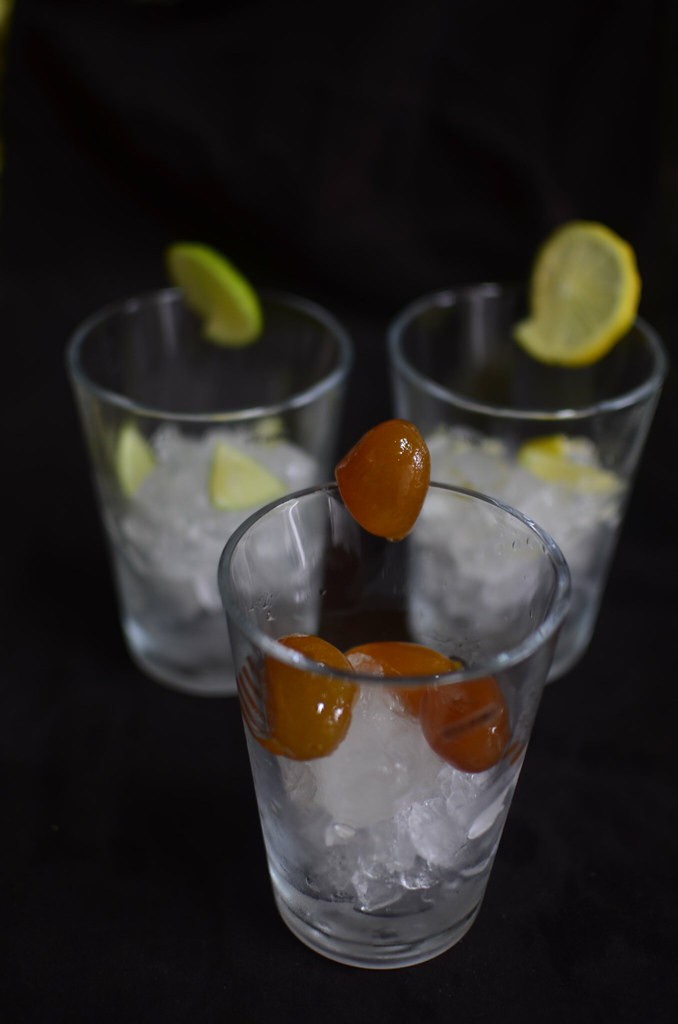
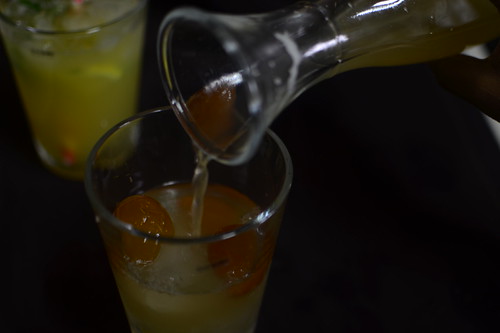
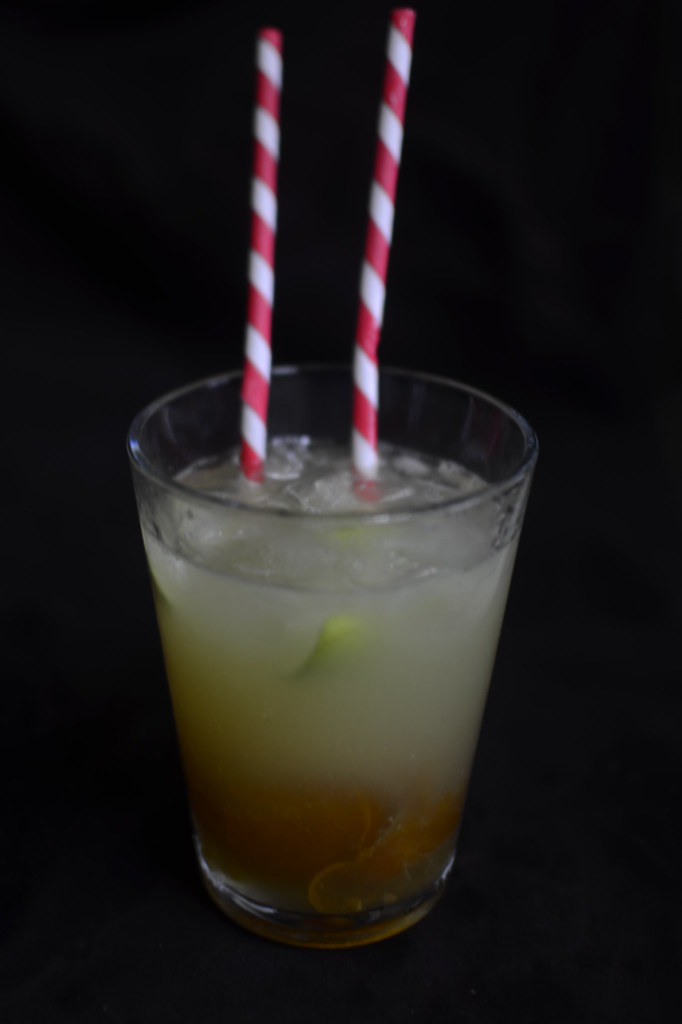
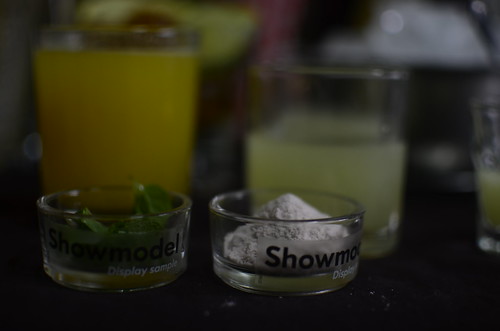
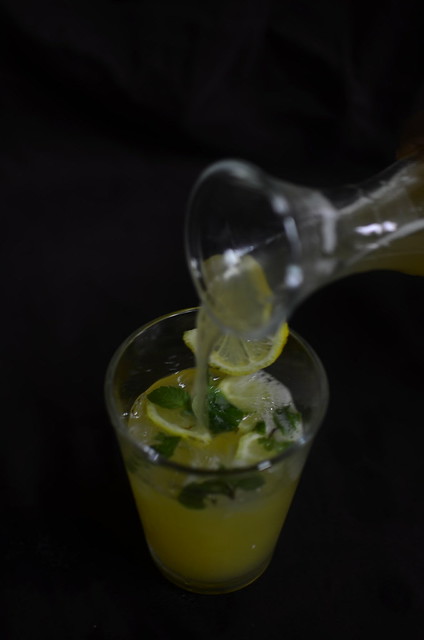
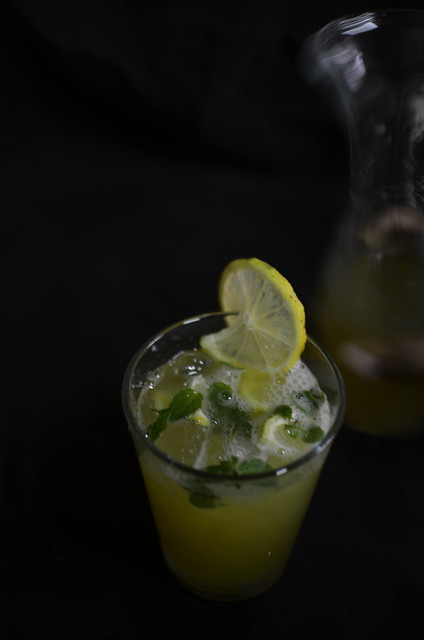
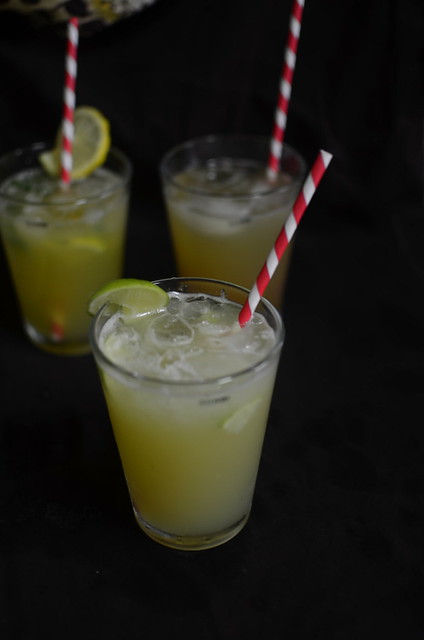
Leave a Reply